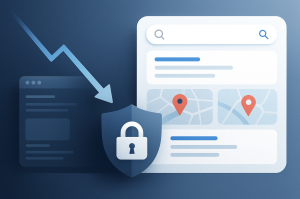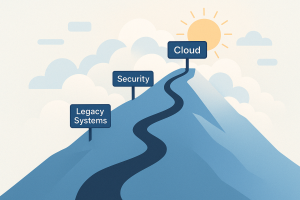Hey there! Let’s talk about an user story in an agile development environment. User stories are an essential part in development processes and are surprisingly written in a ‘non-technical’ language. This is basically caused by the fact, that they consist of the motivation the user has to achieve a certain objective. But let’s dive deeper.
Why user stories matter
Imagine you are creating a product. User stories are those nuggets of gold that keep you anchored to what really matters – the perspective of the user. They are about seeing the world through their eyes and ensuring that every feature adds real value to their experience. Always.
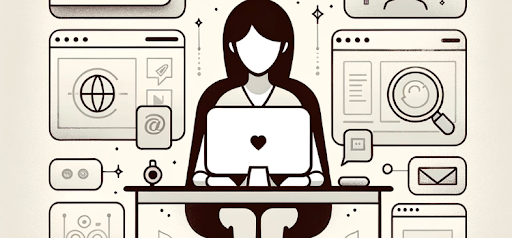
Agile and user story: A perfect match
Agile development is all about being user focused. It is not just about delivering code and designs; it is about delivering value to the user. User stories help figuring out what is truly important and avoiding the pitfall of projects that miss delivering real benefits to users.
Remember, if a user story does not clearly benefit the user, it is time to rethink it! We are getting to the point where we learn to identify good user stories down below.
The impact of user stories in your agile project
These are the most relevant points, how user stories will affect your agile project:
Spotlight on users
User stories keep the focus sharp on user needs & business value.
- Empathy and relevance: User stories keep the development team aligned with the real needs of the users.
- Business value: By framing requirements from the user’s perspective, user stories help prioritize features based on their value.
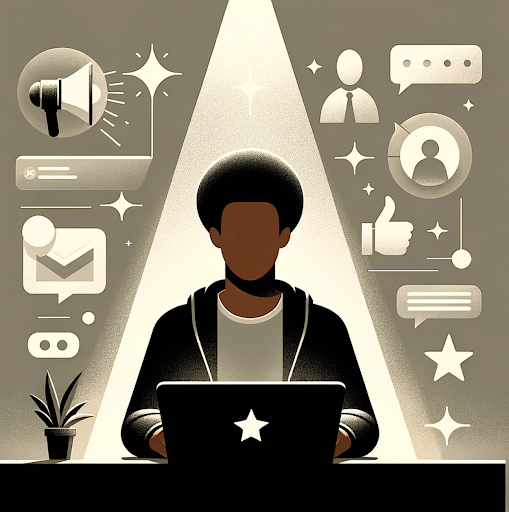
Breaking it down
They help slice big projects into manageable chunks, speeding up software delivery.
Making large projects manageable
- Simplifying complexity: User stories help breaking down massive projects into smaller, more manageable pieces.
- Speeding up delivery: Smaller and well-defined tasks are the reason why teams can work more efficiently and deliver functional increments more quickly.
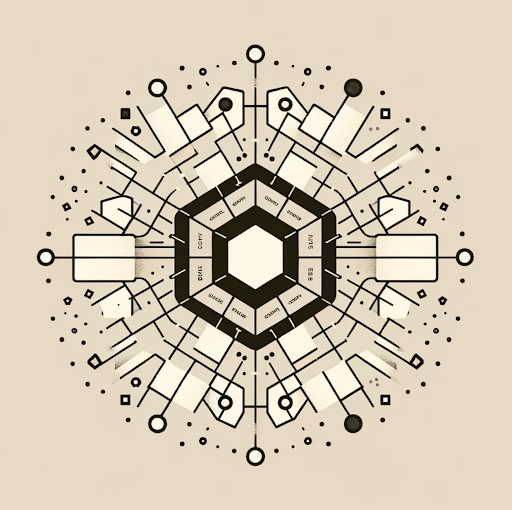
Activating team discussions
Get the team into discussions about how to achieve the goal.
Encouraging collaborative problem solving
- Facilitating richer conversations: User stories serve as conversation starters, prompting the team to engage in discussions about how to best achieve the goals of the user story
- Creative and innovative solutions: Teams are not just coding; they are actively brainstorming and iterating on ideas to enhance user experience and value delivery.
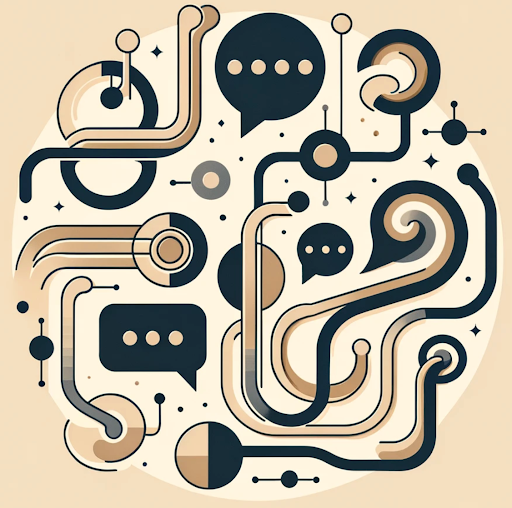
In essence, user stories are more than just items on a todo list, they are powerful tools that keep the project user centered, manageable, and collaborative.
Crafting your first user story: Let’s walk through
Writing your first user story might seem to overwhelm you, but it is really about getting into the shoes of the user. It follows a simple template. This template covers the main questions of ‘Who?’, ‘What?’ and ‘Why?’. As soon as you provide the answers to these questions, you are about to finish your first user story.

1. The role: Who will benefit?
→ Example: If you are building an e-commerce app, your user could be an online shopper.
2. The objective: What is the feature?
→ Example: In the case of our online shopper, the feature could be sorting a list of products (by price).
3. The motivation: Why is it important?
→ Example: For the online shopper, sorting by price helps in quickly finding products that fit their budget, which enhances the shopping experience.
✔ Crafting the story
→ Example: “As an online shopper, I want to sort products by price so that I can quickly find items that fit my budget.”
Why this template works

Simplicity: The solution is yet to find, but the intention is very clear.
Clarity: Stakeholders are often not technical. It ensures that everyone from developers to stakeholders understands the need of the user.
Alignment: Aligns the development process with the user’s goals, ensuring that the feature is relevant and valuable.
→ By following these steps, you will be able to create user stories that not only guide your development process but also ensure that the feature harmonizes with the users’ needs.
Quality check with I.N.V.E.S.T.
To check if a user story is written in a meaningful manner, you can check the following values:
- Independent: It delivers value to the user.
- Negotiable: Engages productive discussions.
- Valuable: Offers real benefits to the user.
- Estimable: Can be reasonably estimated.
- Small: Quick to deliver.
Testable: Verifiable post-implementation.
Beyond the User Story: Description and acceptance criteria
- Description: Here, you enhance the context of the user story with references, screens, videos, or any other additional information.
- Acceptance criteria: These are specific conditions that define how the feature should function to deliver the expected value.
Using our earlier example: Acceptance criteria might include how the list of offers should be shown and function after the sorting feature is implemented.
Conclusion
User stories are not just a tool, they are a mindset.
They align development with the user’s needs, simplify complex tasks, and ensure that each feature happens to make the user’s life better. They are about giving users something they did not have before – a solution to their problems.
You can find more information here.

